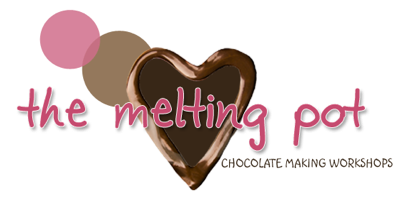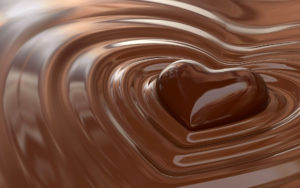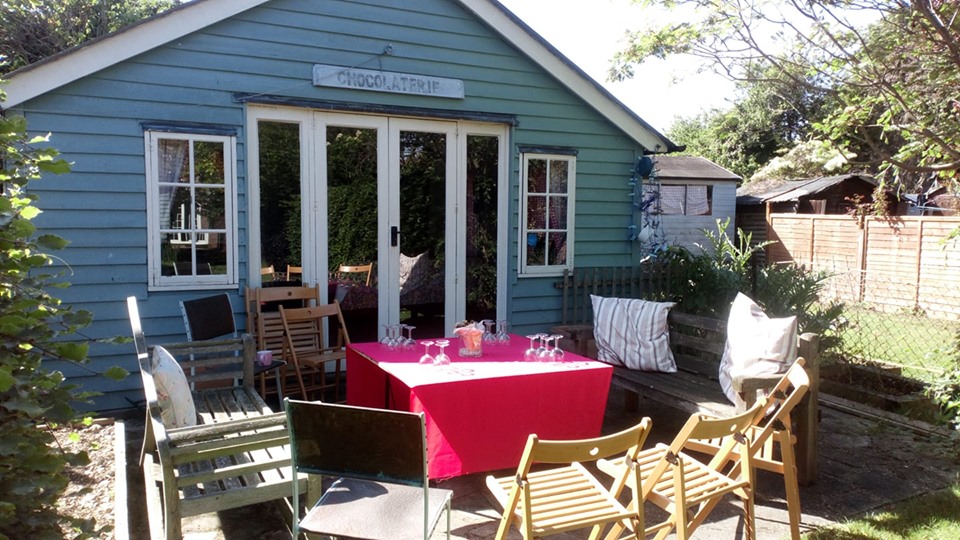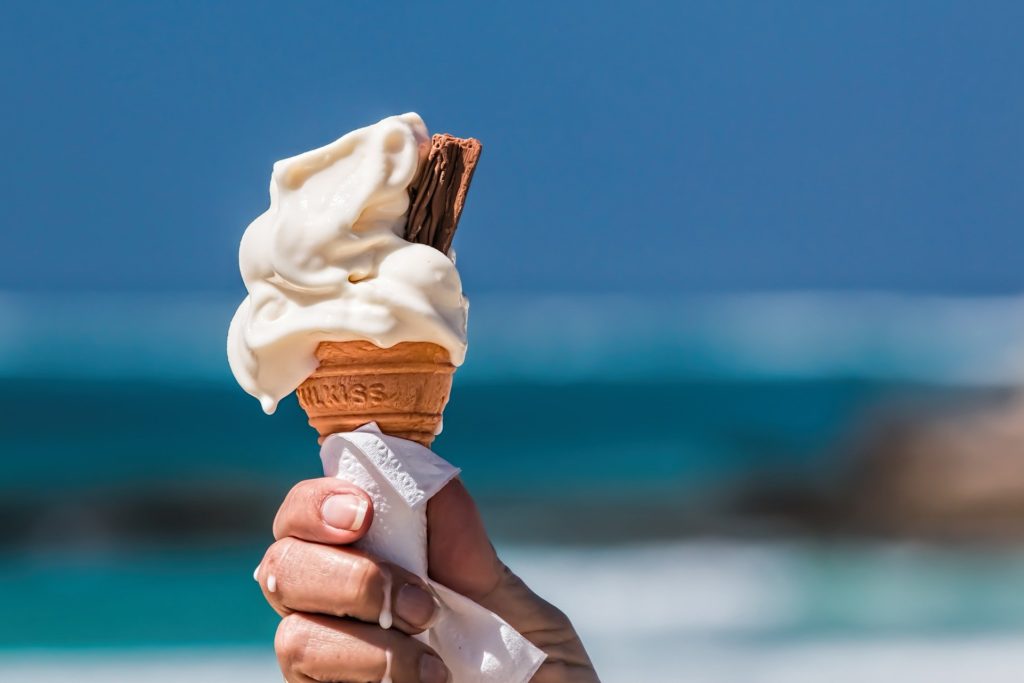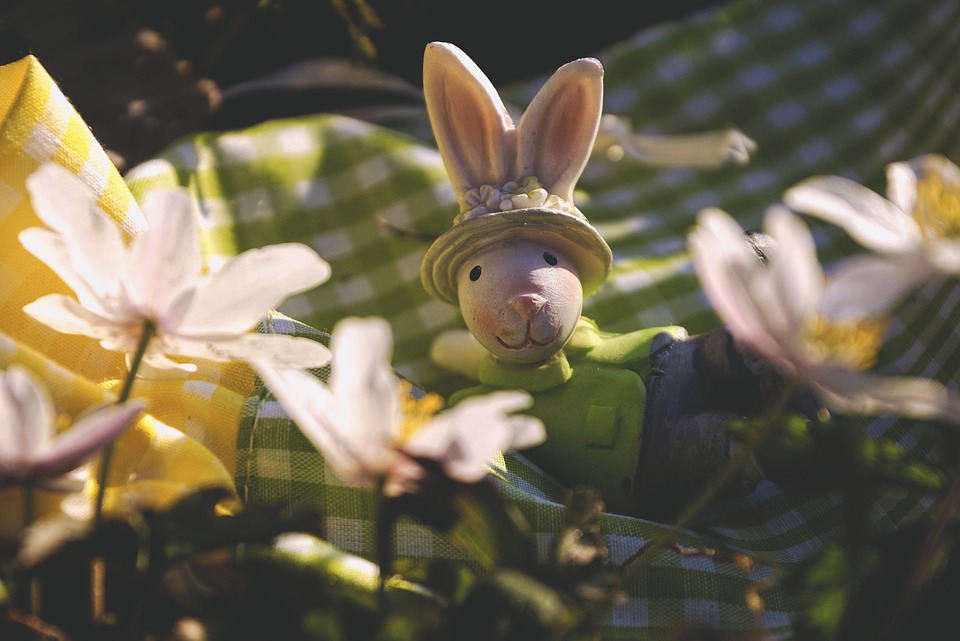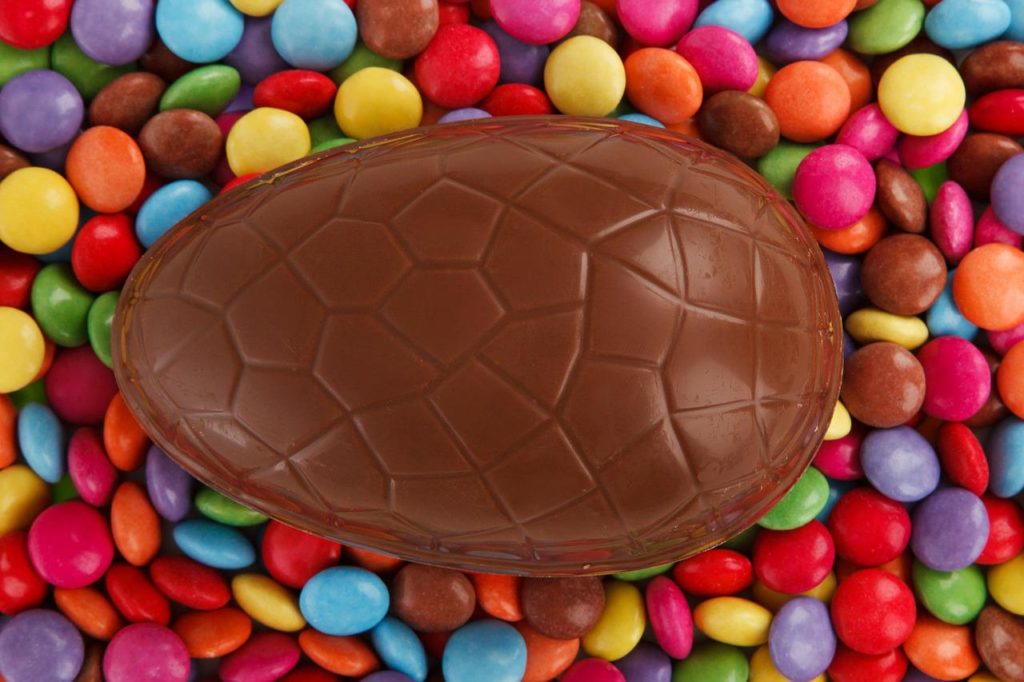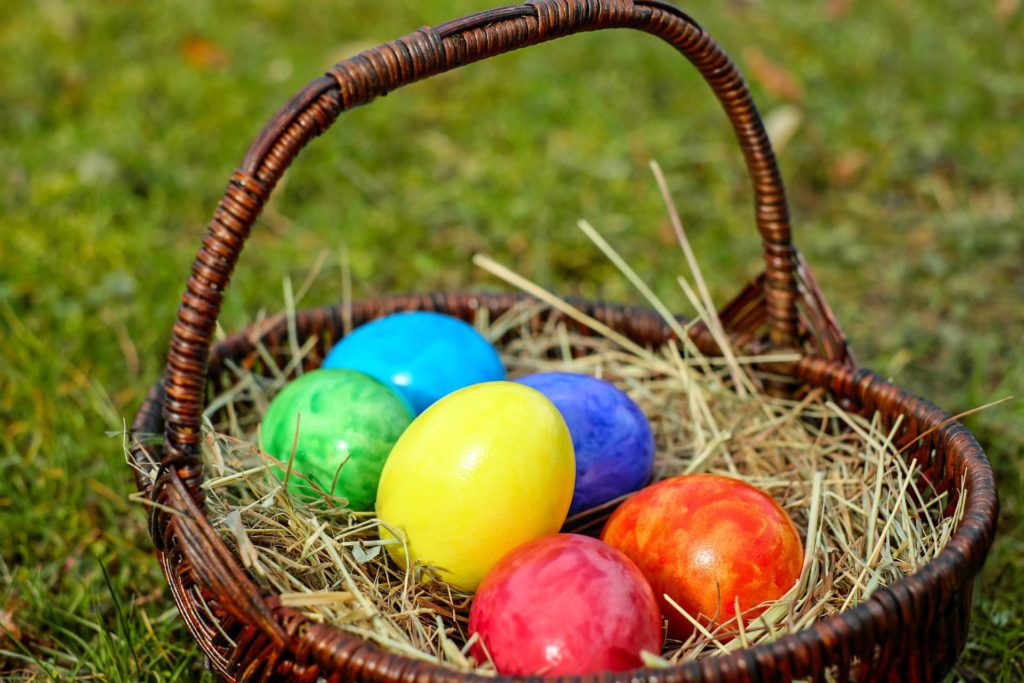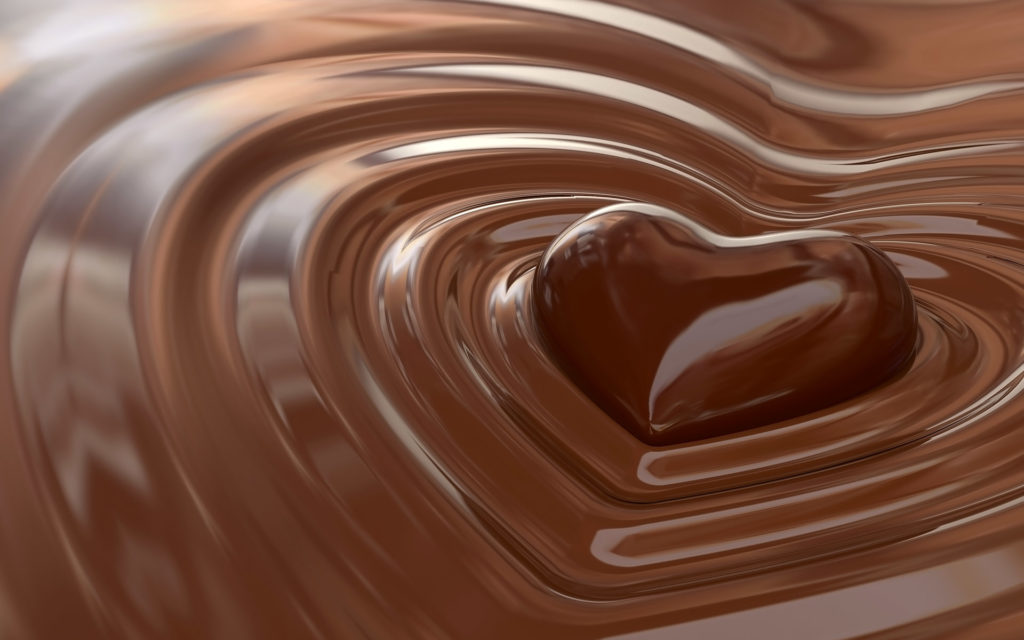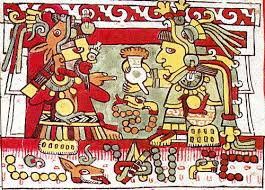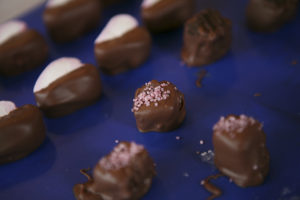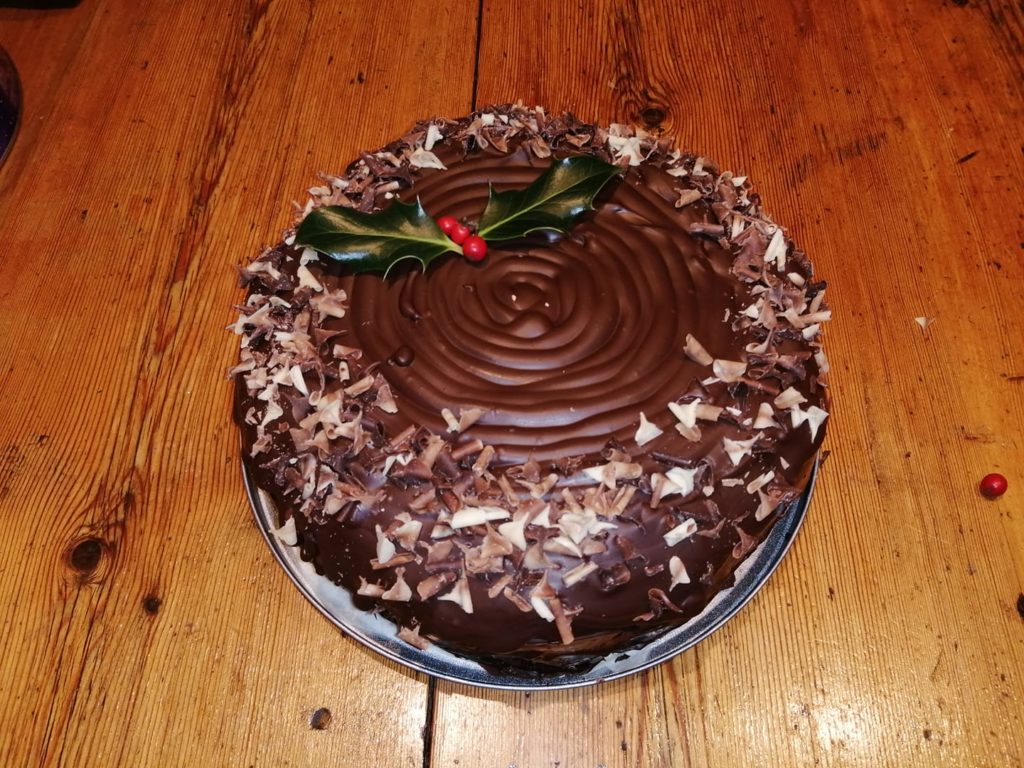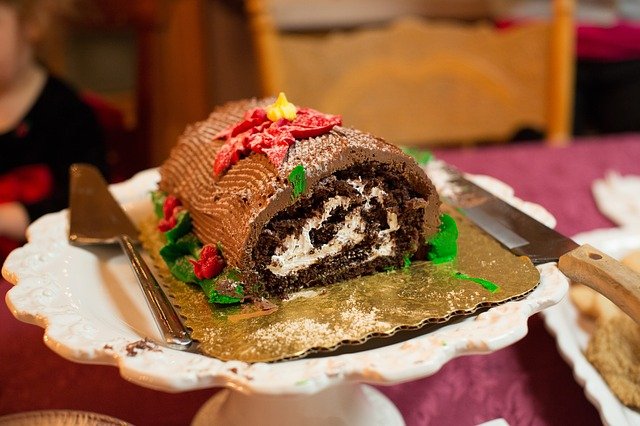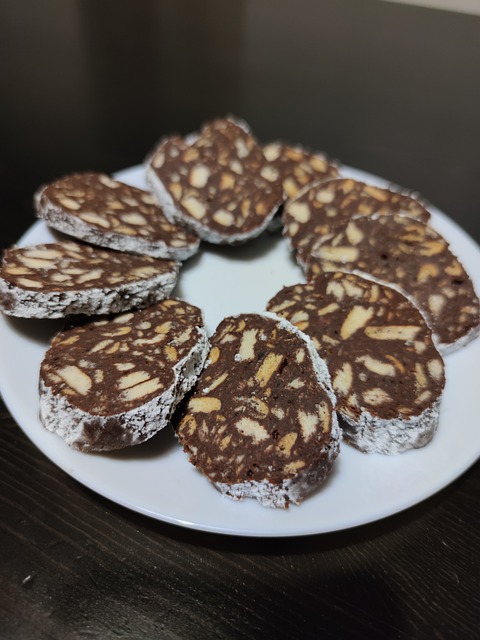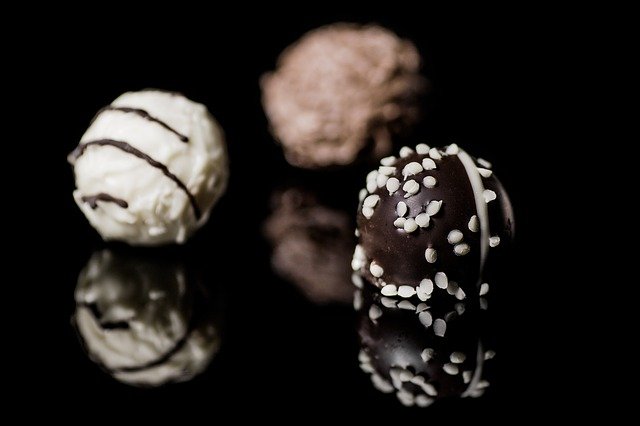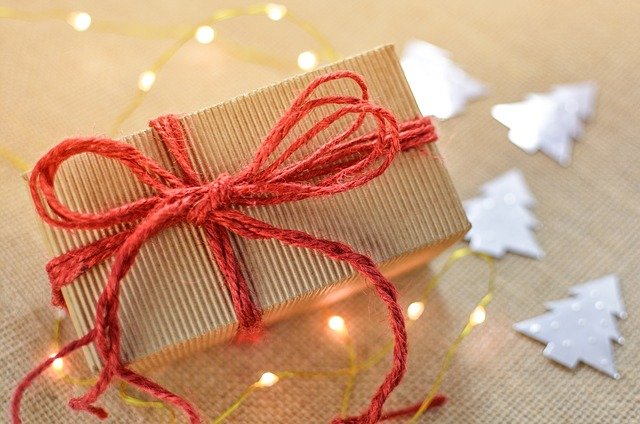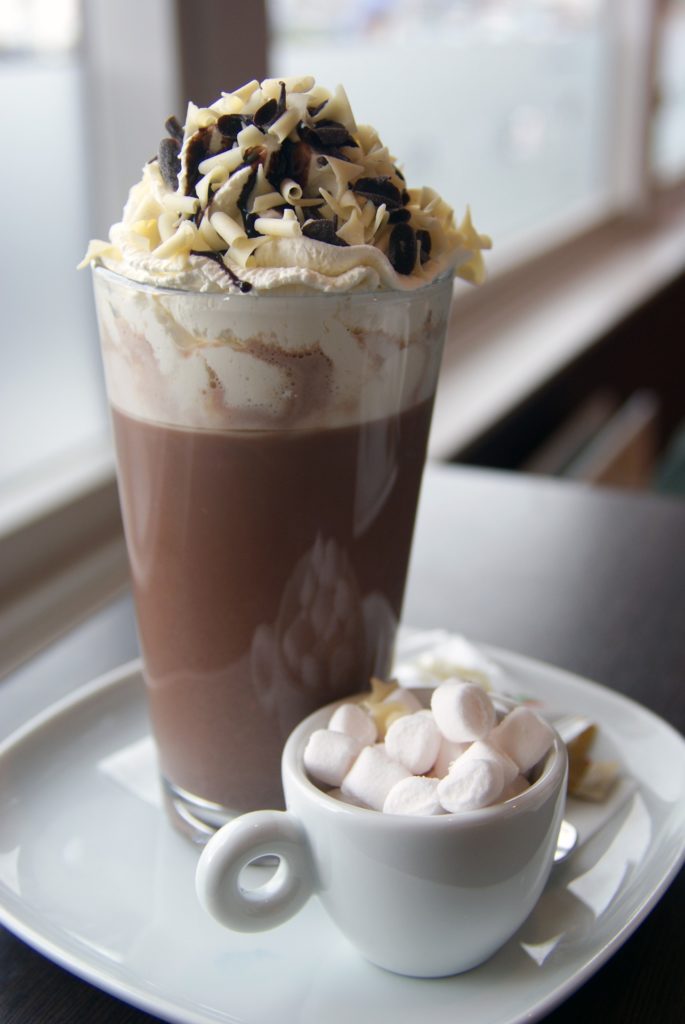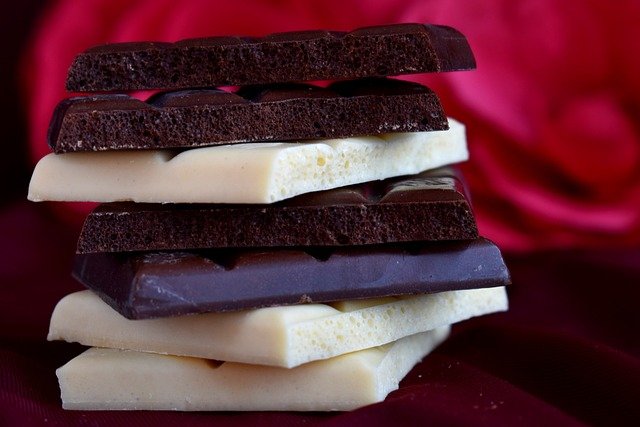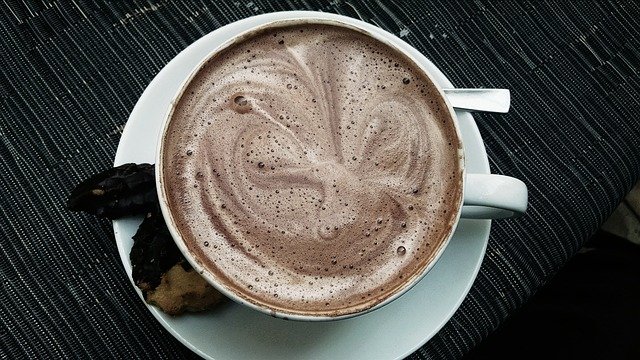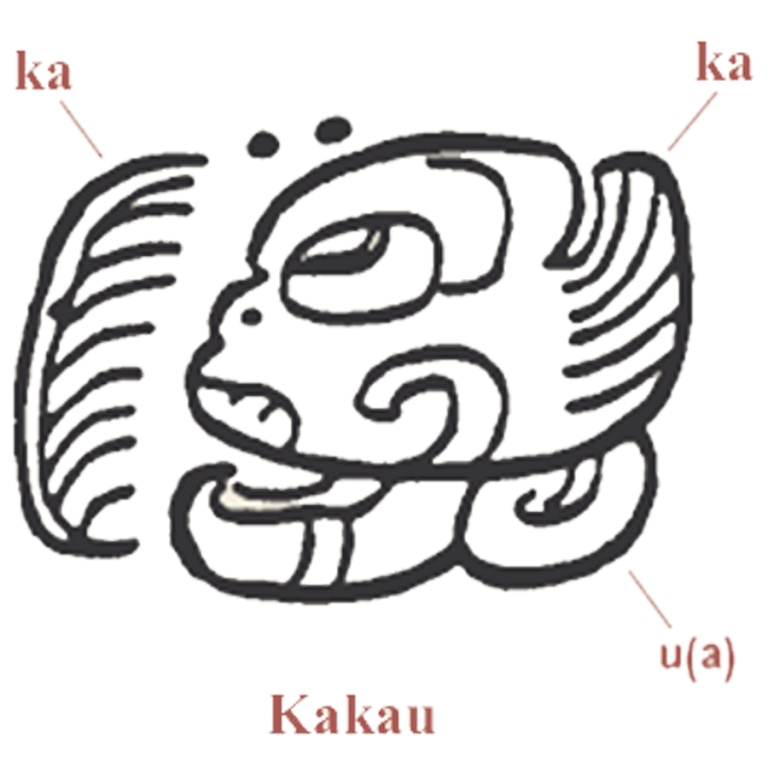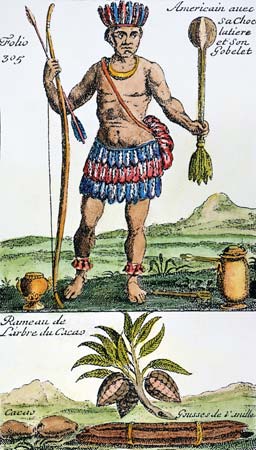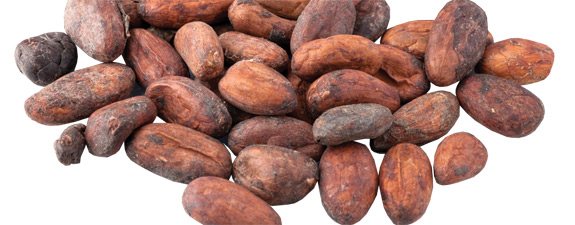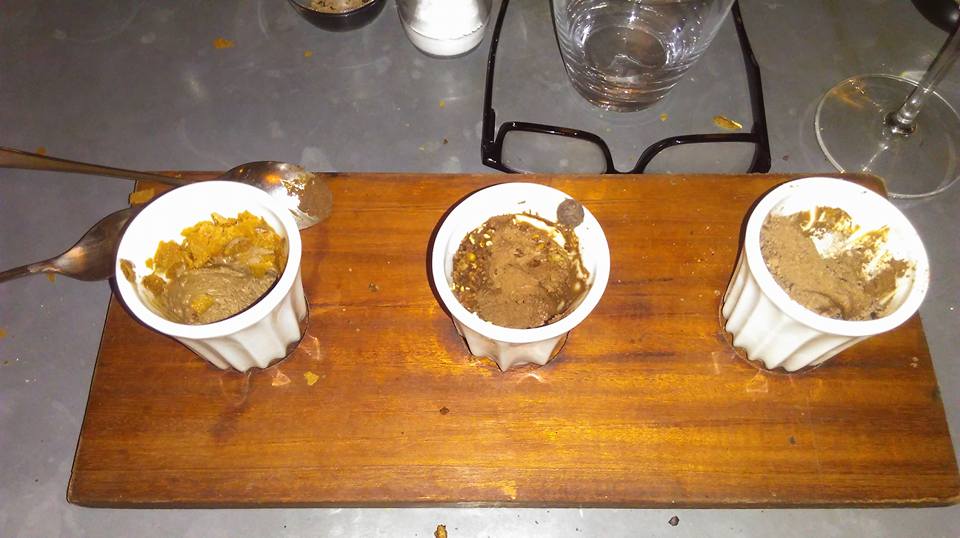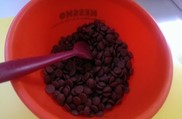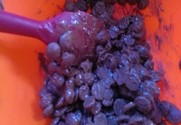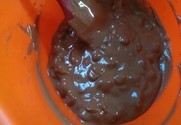Are you a big Black Friday fan? Do you wait in the wings for your best bargain? Or do you find it all a little tedious and overdone? Well, let’s try a new approach to Black Friday and introduce you to my very own take on this bargainous day – Brown Friday!

Of course, Brown Friday is going to have a chocolate focus. I wanted to share some tips and ideas that might help with your seasonal shopping (and a little shameless plug for choccie workshops!)
Christmas Chocolate Tub Bargains
Firstly, what Chocolate Tub is your family fav?
Secondly, is one tub enough?
They are ever shrinking, but where can you find the best buys for your Christmas Chocolate tub?
The Independent has done some research for us, and you can read up on their findings here.
I like the sound of the Lindor tub, but I would eat too many! We’ve opted for good old Quality Street this year in our house (hubby’s choice).
Chocolate Advent Calendars
From the usual suspects to the splash-out special editions, there is a great list of chocolate advent calendar options compiled by BBC Good Food. Some are works of art, and would look fab on the sideboard!
Great Chocolate To Buy
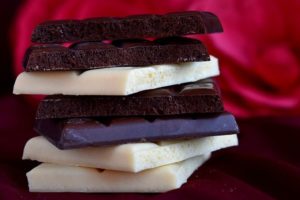
If you want to try some truly Artisan chocolate, then I highly recommend a look around Cocoa Runners website. They stock an incredible range of interesting and diverse chocolate bars, and are so knowledgeable – lots of options for a truly unique choccie stocking filler from their online shop.
You can also purchase a monthly chocolate subscription, or for smaller budgets, they offer an online tasting experience. I’ve been enjoying a monthly subscription, stand-out bars have included:
The Taza chocolate dark round cinnamon bar was really unusual – Mexican-style stone ground and organic- very grainy but I really enjoyed the texture and flavour.
Labooko produce some really interesting bars, including a 40% cocoa milk chocolate from Dominican Republic, I don’t usually go for a milk chocolate, but really enjoyed this one.
Finally, right up there in the different stakes was Pridi, a chocolate from Bangkok called Kinky Coconut, a 52% dark milk made with organic coconut milk.
Shops & Websites worth a look
A chocolate hero of mine is Paul A Young, and I’m delighted to report that he is now operating with his partner at the Sweet Shop of Whitebridge (follow them on Instagram @sweetshopofwhitebridge) based in Stone in Staffordshire – if you are not local, you can nip off the M6 when travelling north!
Chococo have a wonderful range of goodies, their original shop is based in Swanage, Dorset. There is a good online shop and lots of great choices!
Finally, a shout out to ChocolateSmiths – I confess I’ve not tried their bars (a little sweet for my bitter taste buds), but love the ethos – run by a truly inspirational leader and business owner, Steffi Smith, they collaborate with other businesses, and recently started sourcing their chocolate direct from Luker based in Columbia. There is a bit of a bun fight for their bars, they go live each week on their website, and they sell out quick!
Tours/Tastings/Maps and More
Some years ago, I enjoyed a Chocolate Tasting Tour in London, created by the very talented Jennifer Earle. She recently celebrated 20 years offering tours. It’s not all chocolate these days, Jennifer is a also a pastry expert and tours also include bakeries and ice cream. Pop over to her website for details of upcoming tours or perhaps a map of best places in London to find a decent croissant!
Make a Memory
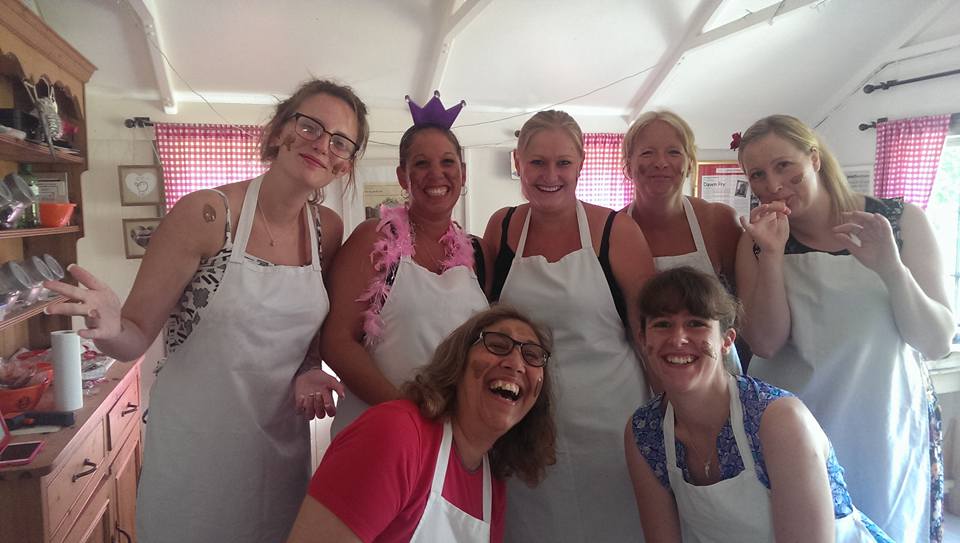
Come and enjoy a chocolate-making workshop and make your own treats!
An experience is always more memorable than a present, and I shared this and more reasons on why an experience beats a present in a previous blog post.
You can book a workshop for your whole family, come on your own, make your own treats for Christmas, or gift a workshop experience for a loved one.
And if you are one of the ‘strange ones’ who doesn’t like chocolate, then I have a great alternative – a blacksmith experience with hubby Jo.
Hope my Brown Friday contribution has been a help, and if you are finding things overwhelming, I recommend a nice big hot chocolate with a little chocolate treat.
Dawn x
